Seoul
The ASEAN Hall is a multi-purpose space where lectures, workshops and school field trips are held to promote mutual understanding among the peoples of ASEAN and Korea. The Hall also serves as an exhibition area where visitors can enjoy the diverse cultural artifacts from the 10 ASEAN member states. The information corner carries a wide range of books and information on ASEAN.
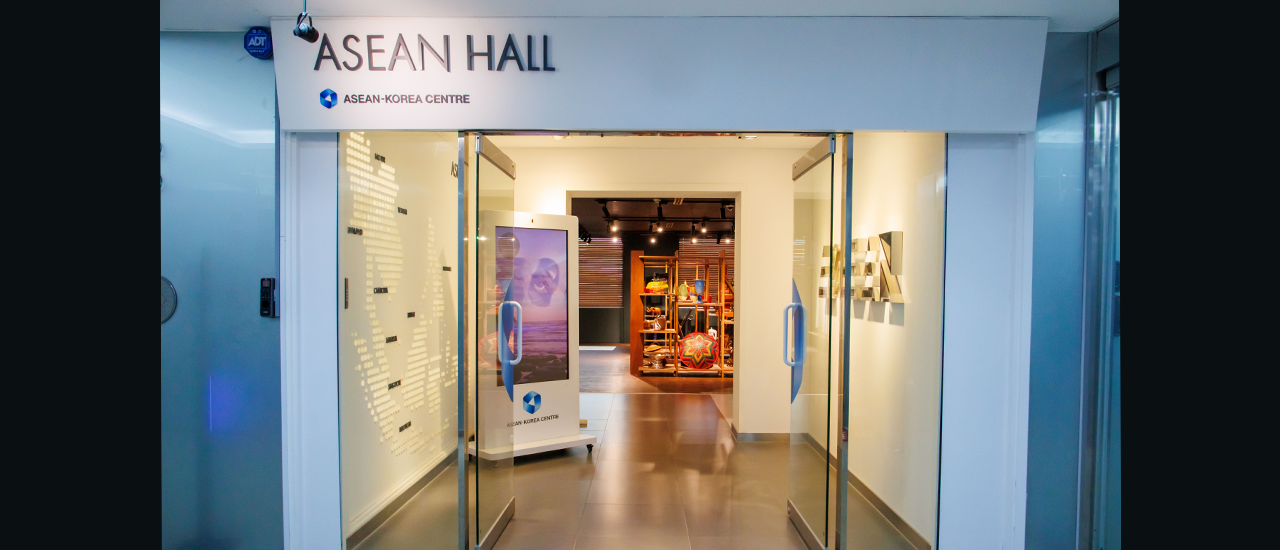 아세안홀_내부모습1
아세안홀_내부모습1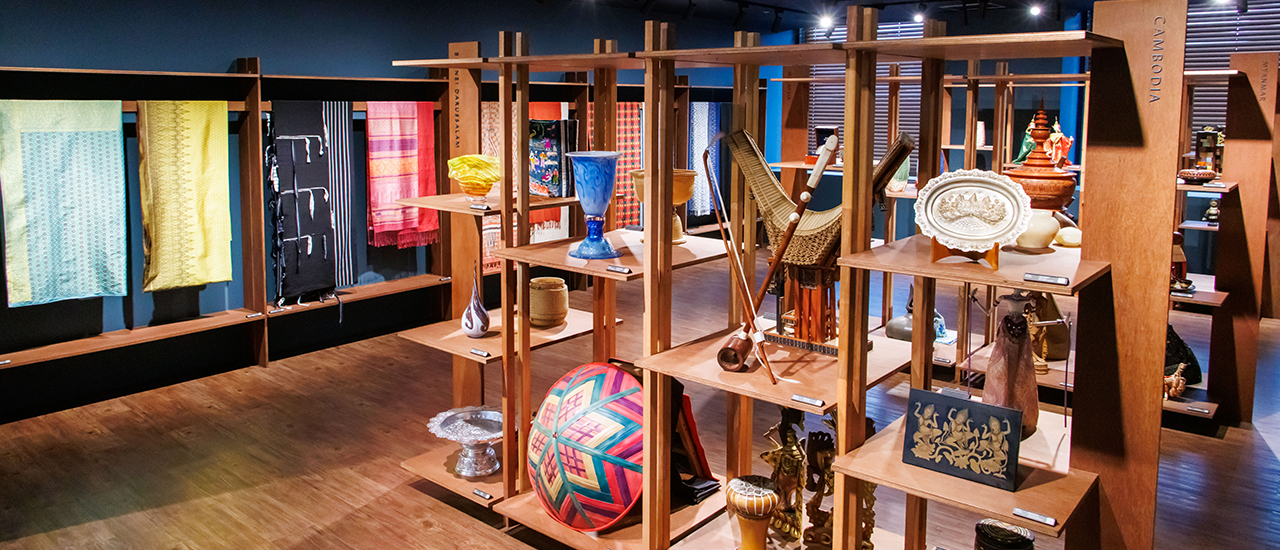 아세안홀_내부모습2
아세안홀_내부모습2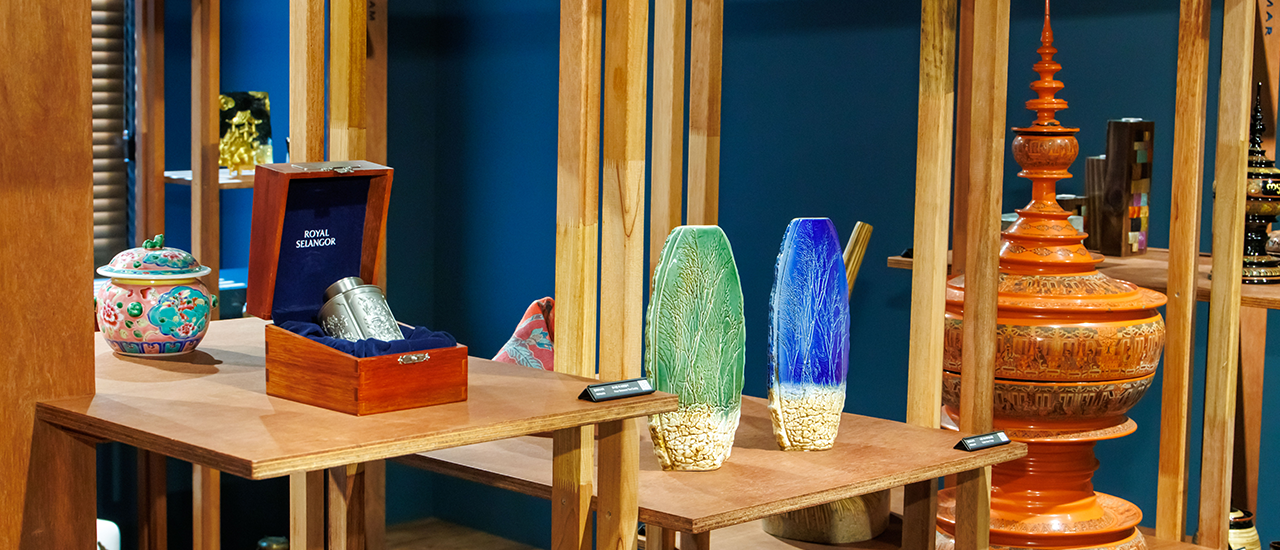 아세안홀_내부모습3
아세안홀_내부모습3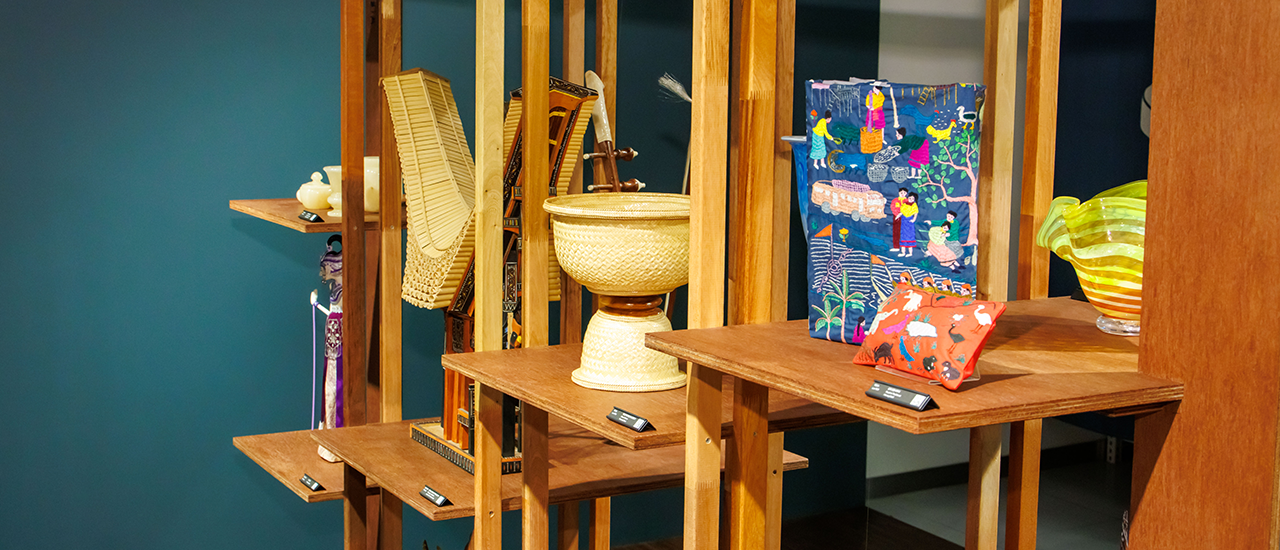 아세안홀_내부모습4
아세안홀_내부모습4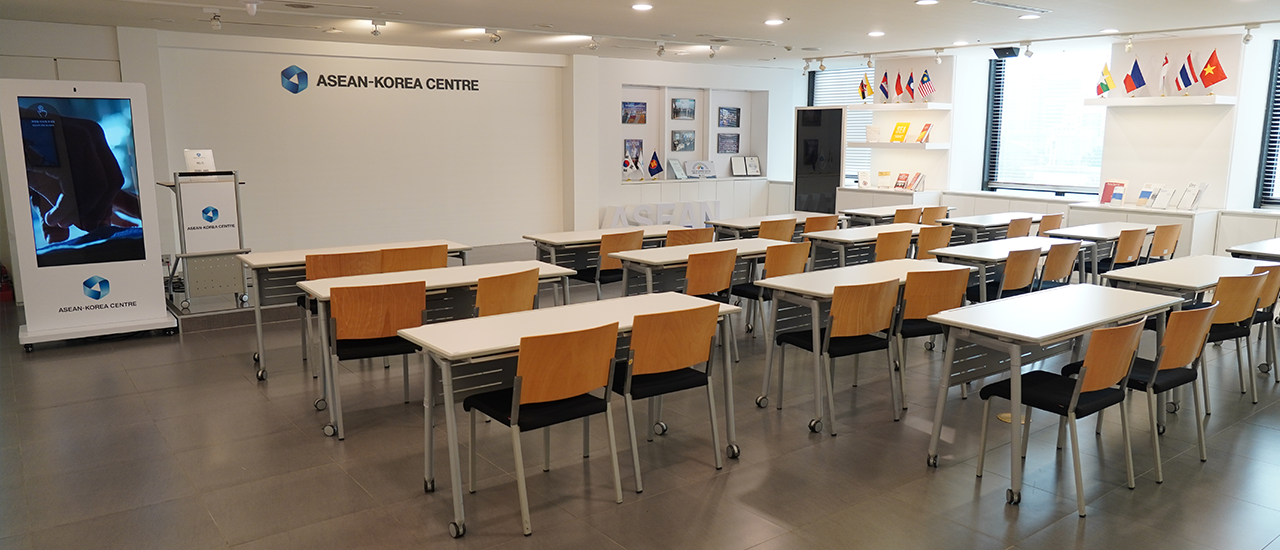 아세안홀_내부모습5
아세안홀_내부모습5Information on visiting tours ASEAN Hall Programs - School Tour and Youth Visit Program The ASEAN-Korea Centre (AKC) offers year-long visit programs at the ASEAN Hall in the AKC. The ASEAN Hall School Tour Program is a “career experience” program accredited by the Ministry of Education of the Republic of Korea. During the School Tour program, ASEAN officials of the AKC as well as ASEAN diplomats from their respective Embassies in Korea talk about the history and culture of their countries. The Youth Visit Program, on the other hand, is offered to university students and graduate students and provides a more comprehensive overview of ASEAN-Korea relations. The program gives an opportunity of in-depth discussions with ASEAN officials of the AKC.
| · Opening Hours | Mon.-Fri. 09:00-17:00 (Closed on weekends & holidays) |
|---|---|
| · Location | 8th Fl., Korea Press Center, 124 Sejong-daero, Jung-gu, Seoul, Republic of Korea |
| · How to apply |
ASEAN School Tour Program Application for the ASEAN School Tour Program can be made online at https://www.ggoomgil.go.krFor the Youth Visit program please contact the ASEAN Hall (82-2-2287-1177, aseanhall@aseankorea.org) |
Exhibition Items
Jeju
The Jeju ASEAN Hall is an exhibition space located in the Jeju International Peace Centre. Launched in 2022, The Jeju ASEAN Hall gives an opportunity to experience the cultures of ASEAN and Jeju Island to strengthen mutual understanding and people-to-people exchange between the peoples of ASEAN and Korea. Visitors can enjoy the harmonious display of craftwork and artifacts from ASEAN member states and the Jeju region.
| · Opening Hours | Mon.-Fri. 09:00-18:00 (Closed on second and fourth Mondays of each month, January 1st, the day before and of Lunar New Year and Chuseok) |
|---|---|
| · Location | B1 Jeju International Peace Center, 227-24 Jungmungwangwang-ro, Seogwipo-si, Jeju-do |
| · Contact |
ASEAN-Korea Centre 82-2-2287-1115 / www.aseankorea.orgInternational Peace Center Jeju 82-64-735-6550 / www.jpceju.com |